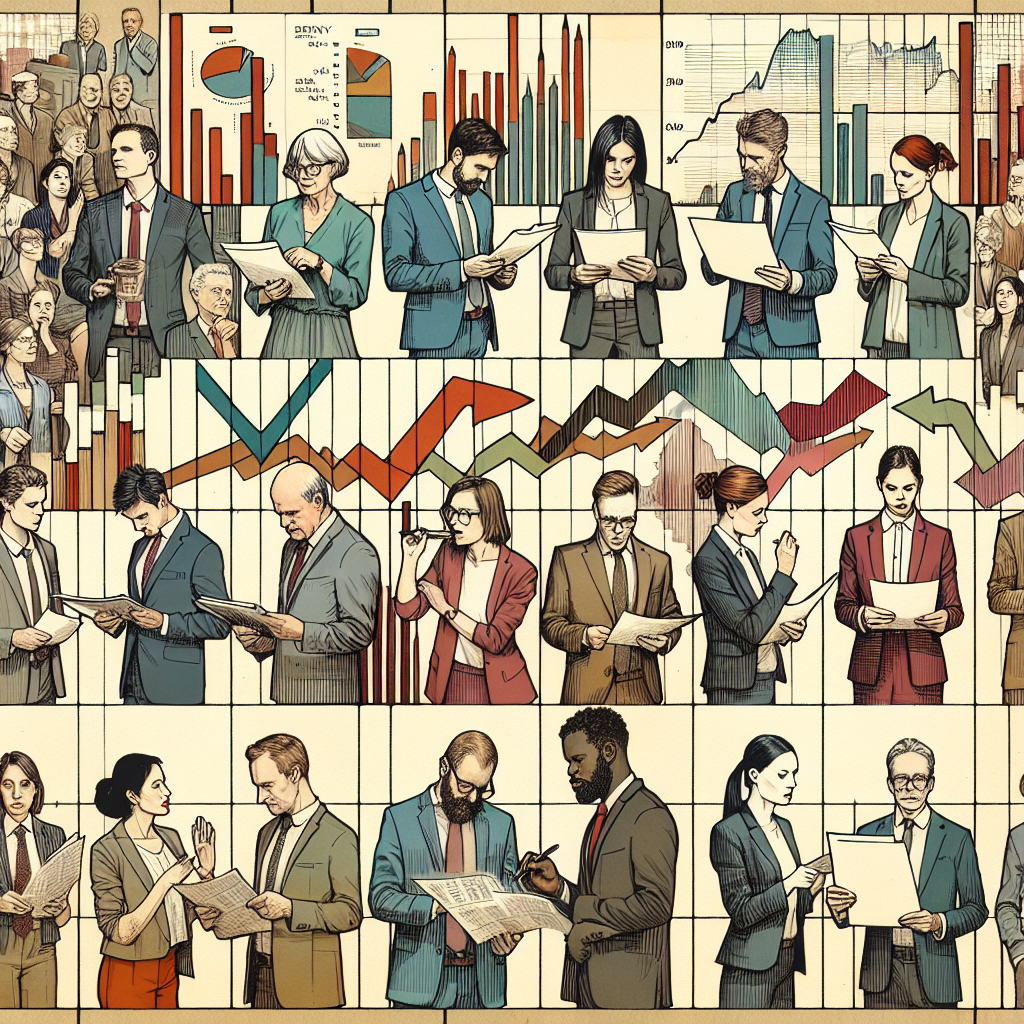
Inflation in the United States remains a critical concern among economists and policymakers, as the Consumer Price Index (CPI) and other key measures indicate continued upward pressure on prices amid persistent economic growth and evolving monetary policy responses. In recent months, economists have forecasted that inflation will accelerate in the latter part of the year, with particular concern that companies increasingly pass on the costs of tariffs to consumers. According to a survey of professional forecasters, the inflation rate is expected to rise notably in the fourth quarter, potentially reaching the highest annual level since 2008, just below 3% as measured by the CPI.
Core inflation—an index that excludes food and energy prices due to their volatility—has also seen annual gains, signaling broader-based price pressures. These rising costs are particularly impactful for American households, who are feeling the squeeze on necessities like gas and food. Although average wage increases have in some cases matched the pace of inflation, the growth has not been evenly distributed, leaving more households struggling to cover their daily expenses.
One of the driving factors behind price increases has been tariffs on imports, which were initially intended to incentivize domestic production but have instead raised production costs for many businesses. Early in 2019, companies had already begun passing through a substantial share of these costs to consumers. As more businesses prepare to adjust prices upward in the coming months, analysts predict continued inflationary pressure throughout the remainder of the year. This trend reverses the pattern seen in the years following the 2008 financial crisis, when inflation receded in response to Federal Reserve interest rate hikes after an initial surge post-crisis.
Recent data highlights the extent of economic resilience and ongoing inflation. In August 2025, U.S. consumer spending increased by 0.6%, outperforming economists’ expected 0.5% rise. Growth was led by higher expenditures on services such as travel, dining, and recreation, as well as essential goods, including gasoline, food, and apparel. The Personal Consumption Expenditures (PCE) Price Index—a key inflation metric watched by the Federal Reserve—rose 2.7% year-over-year, its fastest pace since February, while core inflation held steady at 2.9%.
Federal Reserve officials have voiced differing perspectives on how to address these inflationary conditions. In interviews with major financial media, Chicago Fed President Austan Goolsbee stated that the central bank retains flexibility to lower rates if inflation continues to recede, suggesting that interest rates could ultimately stabilize at a neutral level of around 3%, assuming the inflation rate declines toward the Fed’s 2% target. By contrast, Atlanta Fed President Raphael Bostic has stressed that ongoing cost pressures for businesses are becoming increasingly difficult to absorb without passing them on to consumers.
Meanwhile, San Francisco Fed President Mary Daly backed recent interest rate reductions and suggested that additional cuts might be necessary to support the labor market and moderate inflation. Daly described the most recent rate cut as “insurance” to sustain employment gains while protecting against persistent inflation.
The broader economic landscape has also shown signs of strength. The S&P 500 index has achieved 25 record highs over the past three months and climbed 13% since the start of 2025, bolstered by robust corporate earnings, progress on trade agreements, optimism about artificial intelligence, and expectations of substantial Fed rate cuts. However, analysts caution that if inflation remains stubbornly above the Fed’s 2% benchmark, especially with price pressures exacerbated by tariffs, the central bank may need to slow or halt further rate reductions—a development that could threaten continued stock market gains (Reuters).
The outlook for inflation’s return to the Federal Reserve’s 2% target remains uncertain. According to a Bankrate survey of economists, 60% do not expect inflation to be at target until the end of 2025, 20% believe it could occur by the end of 2024, while another 20% see elevated inflation extending until 2026 or later.
In summary, the U.S. economy continues to post robust consumer spending and strong stock market gains, but inflationary pressures—driven by higher input costs, continued tariffs, and uneven wage growth—remain a key challenge for households and policymakers. The Federal Reserve faces ongoing questions over the pace and scale of future rate adjustments, with its dual mandate to promote high employment and stable prices shaping a complex policy landscape as inflationary uncertainties persist.



